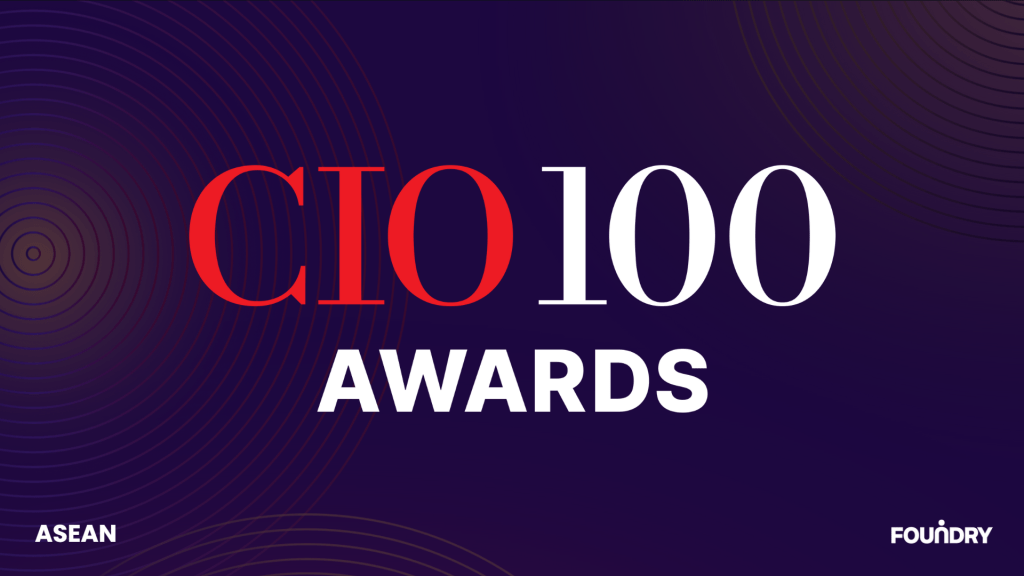The firm was using Deltek Vision, which Stanton says is “not well-suited for that — it’s a transactional system, not a data analytics system.” She realized HGA needed a data strategy, a data warehouse, and a data analytics leader. She hired Ryan Haunfelder as director of data and analytics, and they formally embarked on an upgrade to Deltek Vantagepoint. HGA is a longtime Microsoft shop so Stanton and Haunfelder performed the upgrade using Microsoft Fabric while also implementing a data governance structure. This “put some structure around data quality and data security,” she says. Michele Stanton, CIO, HGA HGA HGA completed the upgrade but not without some bumps in the road. While Deltek provides the ability to build custom code, if the data changes, “everything has to respect the change,” Haunfelder says. “So it’s not just a migration for the ERP; it’s a migration for pretty much every custom application our firm had ever built,” and all the custom code had to now reflect the business logic in Vantagepoint. This included 10 to 15 apps and hundreds of pieces of one-off code, so Haunfelder set up a development environment to install the ERP and test everything. If Stanton and Haunfelder had more time to plan the upgrade, they would have “stripped out all the stuff that doesn’t belong in” the ERP system, she says. Ryan Haunfelder, director of data and analytics, HGA HGA “So our goal was to almost create an apples-to-apples capability in the new platform with a better user experience, but not really changing the way people work,” she says. “The upgrade went as well as could be expected, but it’s not like we completed a digital transformation.” To realize the full benefits of a digital transformation, there has to be data standards and data quality processes, she says. “You would have data governance in place so that you know your ERP data could be feeding deep insights and analytics for your organization.” Being brand new to the industry when she joined HGA, and with the upgrade work already started, “I wasn’t in a position to say, ‘Hey everyone, just stop; we’re going to rethink this whole thing, which by the way, is going to take two years and then we’ll talk about Vantagepoint,’” Stanton says. That said, she feels good about the work IT did and that they got the right business stakeholders engaged and are now more data literate. Tips for getting ERP upgrades right Allegis’ Shannon says IT leaders need to not only have a solid understanding of business requirements but also understand business users’ jobs. “It’s really easy to sit back in my chair and say, ‘Okay, go to the order entry screen and fill this out.’ It looks straightforward, but you’re not doing that job, they are,” he says. IT must also understand the complexities business units face and what will help them be more efficient, especially with respect to satisfying customers’ requirements. “There’s no way to appreciate that,” Shannon says. “The first time around we probably took for granted that we understood what they needed.” Shannon put together a bigger team for Allegis’ Prophet 21 implementation, assembling “the right people in all the functional areas of the business,” emphasizing that they had an equal voice in this deployment. “When you empower [people] and give them an equal voice at the table, you end up with a better solution,” Shannon says. “Because they’re involved along the way, onboarding and training become much easier.” He also advises understanding what a vendor means by “partner.” Sometimes vendors just want to partner on getting a deal done; in other cases, they want to understand your business and work together to make your job easier, Shannon says. LeeSar’s Neumeier agrees, saying his firm emphasizes collaboration with its implementation partner and Oracle. “We are all after the same thing, which is a wildly successful implementation,” he says. “To do that, eliminate the us-versus-them language and emphasize working assumptions often.” “Offer grace if a mistake is made and make it right if you missed something,” Neumeier adds. Further, CIO’s should frame ERP modernization as a business initiative, not an IT project, he says. “Modernizing our ERP/WMS cannot be something that IT alone does for the business, and so we are involving every department in our business in the implementation.” The team is also injecting a bit of fun into the project, Neumeier adds. “As new members come on … we invite them to add a song to our implementation playlist” that motivates, energizes, or puts a person in a good mood, he says, “because we know we will hit bumps, get frustrated, or feel the stress of a looming deadline.” When modernizing an ERP system, go into it with your eyes open, says Allegis’ Shannon. “Probably the most disruptive thing you can do is swap out your ERP system. It touches every aspect of the business, so it’s not something to be taken lightly,” he says. “While you’re going through the process — and sometimes even after — you can start working on the tool and stop working on business.” source













